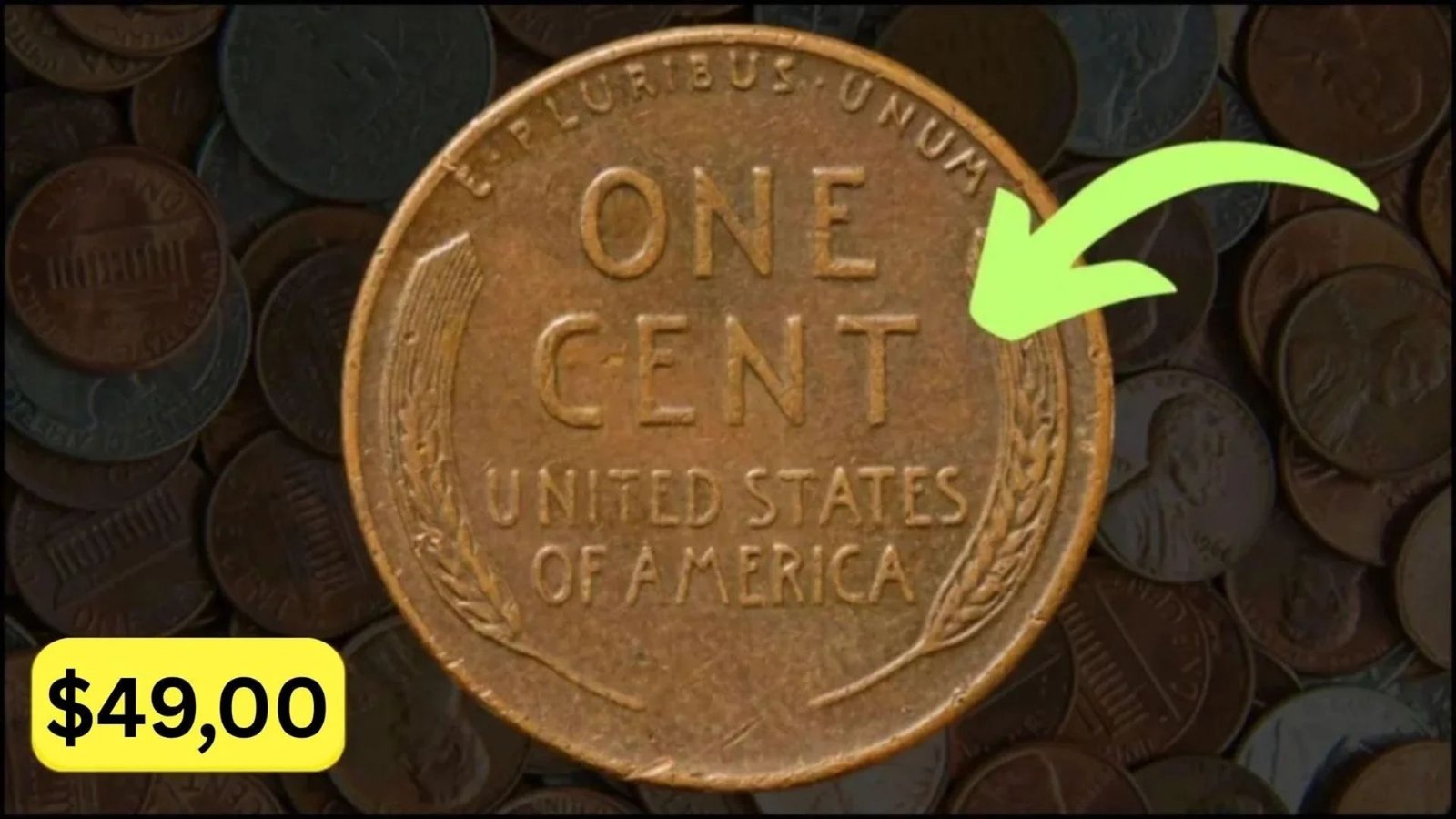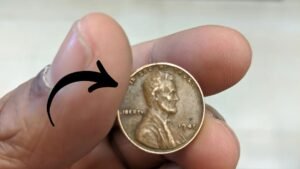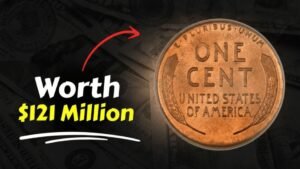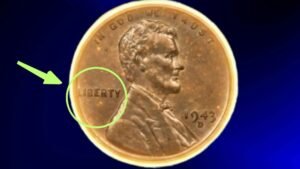Imagine digging through your couch cushions for a lost remote and pulling out a dusty old penny. Harmless, right? Wrong. That tiny copper disc could be a 1943 Lincoln Wheat Penny worth a jaw-dropping $49,000. In a world where rare coins turn everyday folks into instant millionaires (okay, almost), this story proves fortune favors the curious. Stick around, and I’ll spill the beans on its wild history, why it’s priceless today, and how you can spot one in your pocket change.
What Is the 1943 Lincoln Wheat Penny?
The Lincoln Wheat Penny is an American classic, minted from 1909 to 1958. Picture Abe Lincoln’s profile on one side and two wheat stalks on the back – simple, iconic. But the 1943 version? It’s a rebel. While most were steel to save copper for World War II, a handful got struck on leftover copper blanks by mistake. These “error” pennies are the holy grail for collectors of rare coins.
A Quick Dive into Its Fascinating History
Born in 1909 to honor Lincoln’s centennial, the Wheat series replaced the Indian Head cent. Victor David Brenner designed it, sneaking his initials on early ones (causing a stir!). Fast-forward to 1943: War raged, copper was king for bullets and bombs. The U.S. Mint switched to zinc-coated steel pennies. But oops – about 20 copper planchets slipped in, creating ultra-rare gems. One just popped up in an Illinois guy’s change from a gas station buy.
Why This Rare Coin Is Worth a Fortune Today
Rarity rules the roost. With fewer than 20 known copper 1943 Lincoln Wheat Pennies, demand skyrockets among hobbyists chasing rare coins. Condition matters too – this circulated beauty’s near-mint state bumps its value to $49,999.99 at auction. In our cashless world, these relics remind us of hidden history in plain sight.
Hunt for Treasure: How You Can Spot and Benefit from Rare Coins {#engage}
You don’t need a metal detector – just eagle eyes on your change jar. Grab a magnet: Steel sticks, copper doesn’t. Clean gently (or not at all – more on that later). If it’s a keeper, get it graded by PCGS or NGC for max payout. Sell via auctions like Heritage for top dollar, or join clubs to trade stories and scores.
Mind-Blowing Facts and Auction Records
Did you know? Some 1943 coppers have fetched over $1 million! Here’s a snapshot of top Wheat Penny sales:
| Rare Lincoln Wheat Penny | Year/Mint | Record Sale Price | Notes |
|---|---|---|---|
| 1943 Copper | Philadelphia | $1.7 Million (2010) | Bronze planchet error. |
| 1909-S VDB | San Francisco | $168,000 (2018) | Designer’s initials scandal. |
| 1914-D | Denver | $159,000 (2020) | Low mintage key date. |
| 1955 Doubled Die | Philadelphia | $125,000 (2009) | Obvious doubling error. |
| 1943 Copper (Our Star) | Philadelphia | $49,999.99 (Est. 2025) | Fresh from circulation. |
These stats show why Lincoln Wheat Penny hunting hooks so many.
Pro Tips from Coin Experts
- Never clean your find – it tanks value by 50% or more.
- Store in albums, away from air and fingers.
- Start small: Buy a $20 Wheat roll from banks to practice.
- Network at coin shows – that’s where deals (and duds) happen.
Frequently Asked Questions (FAQs)
Q: Can I really find a $49,000 penny in change?
A: Yes! Though odds are slim, they circulate via estates or mix-ups.
Q: What’s the rarest Wheat Penny?
A: The 1943 copper – under 20 exist.
Q: Should I spend a valuable penny?
A: Legally yes, but why? Get it appraised first!
Q: How do I start collecting Lincoln Wheat Pennies?
A: Hunt change, buy rolls, join forums like CoinTalk.
Q: Is the 1943 steel penny worthless?
A: Common ones are face value, but doubled dies can hit $1,000+.
In a nutshell, the $49,000 Lincoln Wheat Penny isn’t just a coin – it’s a time capsule of wartime blunders and collector dreams. Next time you jingle change, pause and peek. You might uncover your own rare coin jackpot. Share your finds in the comments, subscribe for more treasure tips, or dive into our rare coins guide. Happy hunting!




